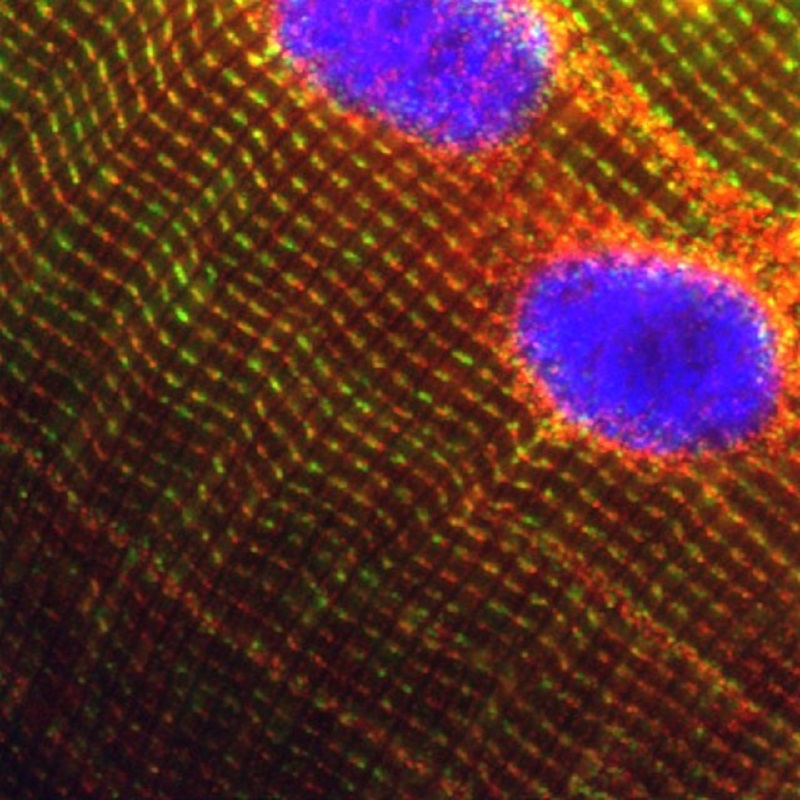The field of CO2 detection has advanced significantly over the past few years. The organiser of a new issue of Interface Focus highlights this progress and explains why it is an important area of research across many scientific communities.

Carbon dioxide detection in biological systems
We recently published a new Interface Focus issue that addresses the importance of detecting carbon dioxide levels across the animal and plant kingdoms. We spoke to the issue organiser, Professor Martin Cann at Durham University, about the current and future priorities in this area and the benefits of bringing different specialists together.
Can you briefly explain what you mean by carbon dioxide detection in biological systems?
Carbon dioxide is essential for life. It is at the beginning of every life process as a substrate of photosynthesis or chemosynthesis. It is at the end of every life process as the product of aerobic respiration and post-mortem decay. Therefore, it is not surprising that CO2 regulates a variety of diverse processes including cellular chemical reactions, transport, maintenance of the cellular environment and behaviour. Carbon dioxide is a strategically important research topic relevant to crop response to environmental change, insect vector-borne disease and public health. This issue investigates the mechanisms by which organisms and cells sense altered CO2 levels to enable an appropriate physiological response.
What is the aim of this issue?
The aim of the issue is two-fold. First, we want to demonstrate the commonalities in CO2-detection research, particularly between communities that would typically not be aware of each other's work. We were very keen that this issue, and the meeting on which it is built, covered both the animal and plant CO2-detection fields. Second, we want to demonstrate to others the tremendous progress that has been made in the CO2-detection field over the last few years. Anyone with a passing knowledge of the dissolved inorganic carbon equilibrium knows that an increase in dissolved CO2 corresponds to a pH drop. This issue will demonstrate quite clearly that CO2 is bioactive independent of acidity.
The papers span the animal and plant kingdoms - what can specialists in each kingdom learn from each other?
It is interesting to note that researchers from the animal and plant kingdoms investigate model systems in which the total inorganic carbon concentration is hugely different; tens of millimolar is common in animal systems while micromolar is typical in plants. Regardless, both animal and plant researchers face common problems. What is the identity of the sensor(s) that enable an animal or plant cell to detect and respond to CO2? What is the identity of the downstream signalling events in response to the activity of these sensors? How can we differentiate between the direct effects of molecular CO2 and altered pH? Researchers from the respective fields can understand how these problems have been solved and adapt them for their system.
How can research in this area affect medical practice?
Scientific consensus has considered CO2, at best, a relatively inert metabolic by-product, and at worst, a toxic molecule with severe clinical consequences if dysregulated. However, clinical observations demonstrate that elevated CO2 might be beneficial to patients in certain circumstances.
There is clinical value in addressing the molecular mechanisms for the physiological effects of CO2. A large cohort study and retrospective analysis of the Acute Respiratory Distress Syndrome demonstrated the therapeutic benefit of elevated CO2. However, elevated CO2 can have harmful pathophysiological effects on the lung (alveolar fluid clearance and epithelial cell repair), skeletal muscle and innate immunity and host defence. Consequently, there is still research underway to understand under what conditions elevated CO2 might be therapeutically beneficial and/or detrimental.
What are the future areas for investigation in this field?
The field is so dynamic; there is a lot to look forward to, and a lot of potential for tackling fundamental problems. However, I would highlight three areas that I look forward to with interest. First, is there a common mechanism by which biomolecules interact with and have their activity altered by CO2? There is intriguing evidence for a CO2-mediated post-translational modification whose role requires further resolution. Second, as alluded to above, what are the clinical consequences of elevated CO2? Are there clinical benefits that can be exploited while detrimental side effects are mitigated? Third, how do crops respond to elevated CO2? Understanding these mechanisms can identify targets for crop breeding under climate change.
Keep up to date with the latest issues of Interface Focus by signing up for content alerts, and browse previous theme issues on the journal website.
Image credit: Garfield Kwan, Till Harter, Martin Tresguerres; see the article 'Molecular and biochemical characterization of the bicarbonate-sensing soluble adenylyl cyclase from a bony fish, the rainbow trout Oncorhynchus mykiss' (https://doi.org/10.1098/rsfs.2020.0026) published in this issue.




